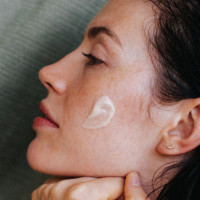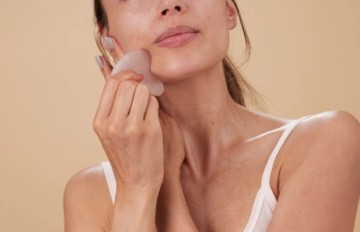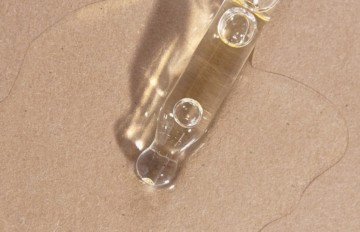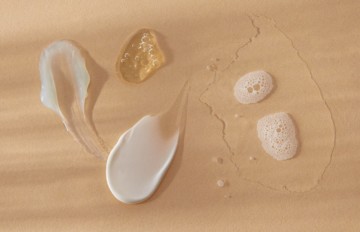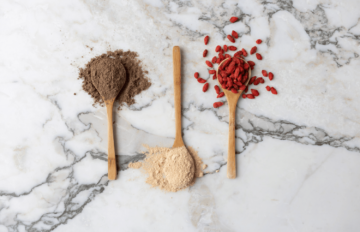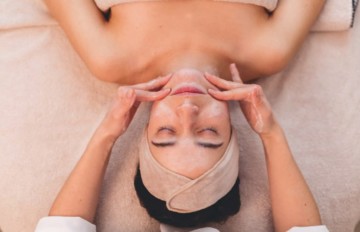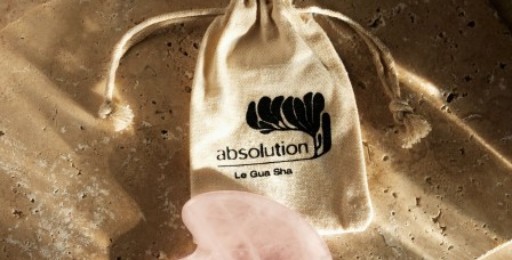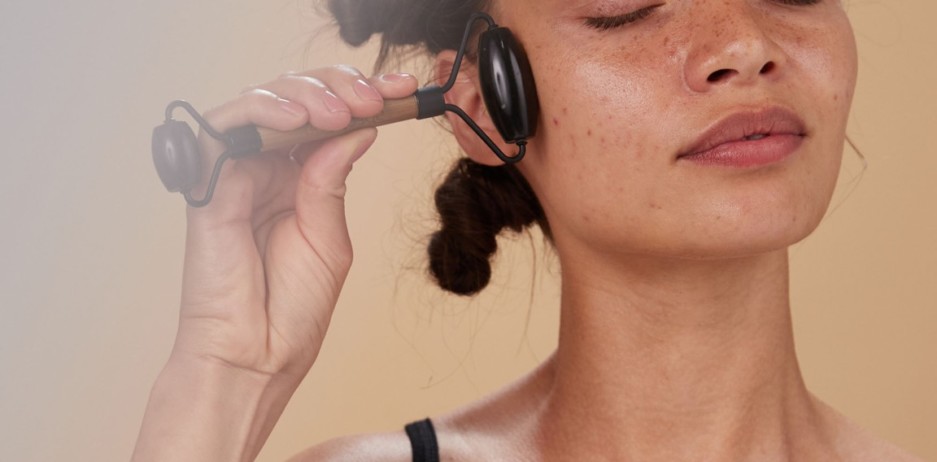
The benefits of facial lymphatic drainage
In the 1930’s, Emil Vodder, a physical therapist from Denmark, developed the lymphatic drainage technique. It consists of massaging the skin manually to encourage lymphatic circulation and help remove waste and toxins from the body. We tell you how to perform a lymphatic drainage massage at home, for rapidly visible results.
The lymphatic system? What’s that?

The lymphatic system plays a key role in our immune system. It helps the body to get rid of excess fluid in tissues, and transports water, proteins, fats and toxins to the lymph nodes. Once this “waste” has been processed and cleaned, the lymphatic fluid goes back into the venous system.
By learning about the different elements that make up this very complex system, it’s easier to understand the benefits of lymphatic drainage.
Lymph vessels
Lymph (or lymphatic) vessels form a network that runs parallel to the body’s vascular system, which carries blood throughout the body. The role of these vessels is to carry lymph around the body from tissues to lymph nodes.
Lymph
Lymph, also called lymphatic fluid, is a whitish fluid that’s involved in removing waste from our body, and also in immune surveillance. Its role is to carry toxins in the body to lymph nodes – organs that filter out harmful substances and waste. Lymphatic fluid plays an important role in fighting cancer.
Lymphoid organs
These organs can be broken down into two categories: primary lymphoid organs and secondary lymphoid organs.
The primary lymphoid organs are the bone marrow and thymus. These organs produce lymphocytes (also known as white blood cells), which are responsible for immune responses. As for the secondary lymphoid organs, which include the spleen, tonsils and lymph nodes, these are the body’s sentinels, as this is where the lymphocytes migrate to defend the body and protect it against foreign bodies.wx
The lymph nodes are located in specific areas of the body. They also act as purifiers, filtering out the waste carried to them by lymph. In all, there are over 800 lymph nodes in the human body!
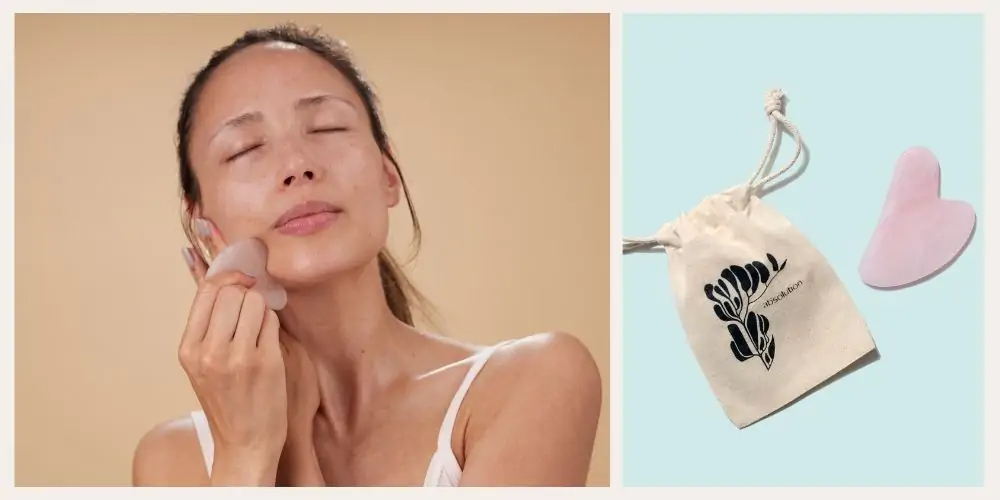
Lymphatic drainage techniques
Now that you have a better understanding of how the lymphatic system works, find out how to drain it, so you can maximize its detoxifying effect and improve your skin’s beauty.
Circular movements toward lymph nodes
In order to drain lymphatic fluid, massage your face with the pads of your fingers, always working upward and from the middle of the face toward the lymph nodes around the neck and ears. The key to a good lymphatic drainage massage is to use gentle movements. It’s important to apply very light pressure to stimulate tissues, as the lymph vessels are just below the skin. Repeat each step six times for best results.
Massage without oil or cream
To optimize drainage, this should be a “dry” massage, i.e., without applying oils or creams to the skin. So, if you want to incorporate lymphatic drainage into your skincare routine, start by cleansing your face, then perform your massage before applying any further skincare products.
The golden rule of lymphatic drainage: use upward and outward motions
If there’s one rule you must remember, it’s this: always work upward and outward when massaging. Start with the neck, then move up to the jawline and chin, gradually work up to the mouth, nose, eyes, and glabella (the space between the eyebrows), and finish by massaging the forehead.
Choose a time that works for you
Not sure whether your lymphatic drainage massage should be done in the morning or evening? It’s up to you!
In the morning, lymphatic drainage is ideal for helping to reduce puffiness in the face after waking up. It also helps to prep your skin for your daytime skincare products, before you start the day. On the other hand, if you massage your cleansed face in the evening, before applying your nighttime skincare products, you’ll relieve any tensions below the skin and should fall asleep more easily.
The benefits of lymphatic massage
Reveal skin’s radiance
Lymphatic drainage helps to clear away toxins below the skin surface. When practiced regularly, it promotes blood flow, smoothes the features, and improves your complexion, so it looks more beautiful. Not surprisingly, it’s particularly recommended for anyone prone to dull skin!
Our tip: After your lymphatic drainage massage, continue to massage your face as you apply your skincare products. To do this, you can use our Le Gua Sha massage tool, made from Rose Quartz. It’s perfect for boosting circulation, stimulating skin cell renewal, and giving your complexion a newfound glow.
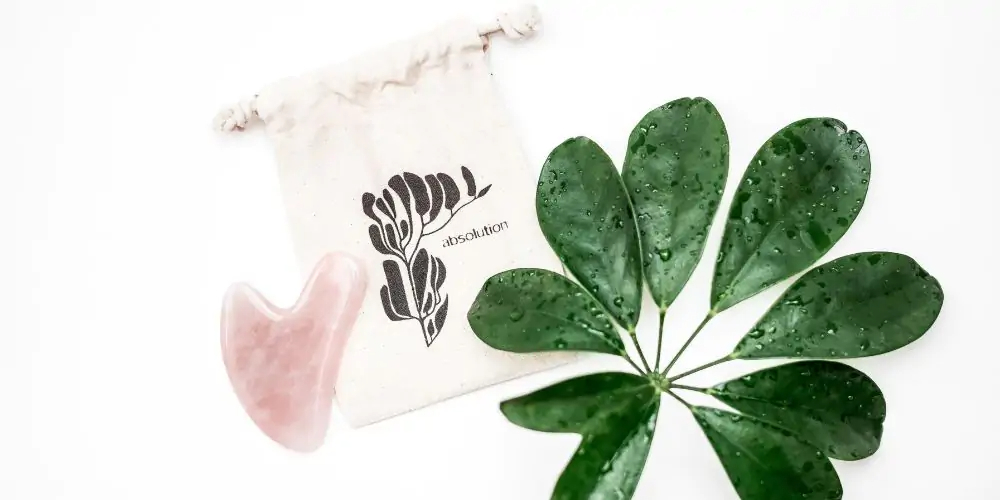
Reduce signs of fatigue
Lymphatic drainage massage has a soothing and firming effect, and helps to restore energy and vitality to your skin. Massaging helps to reduce the appearance of dark circles and puffiness below the eyes, so if your face looks puffy or swollen when you wake up, lymphatic drainage will immediately help by decongesting tissues.
Prevent skin aging
By stimulating little-used, sagging muscles, lymphatic drainage can help to make facial features look fuller. Facial massage also helps to boost the skin’s natural collagen production, improving density and elasticity.
Desensitize the skin
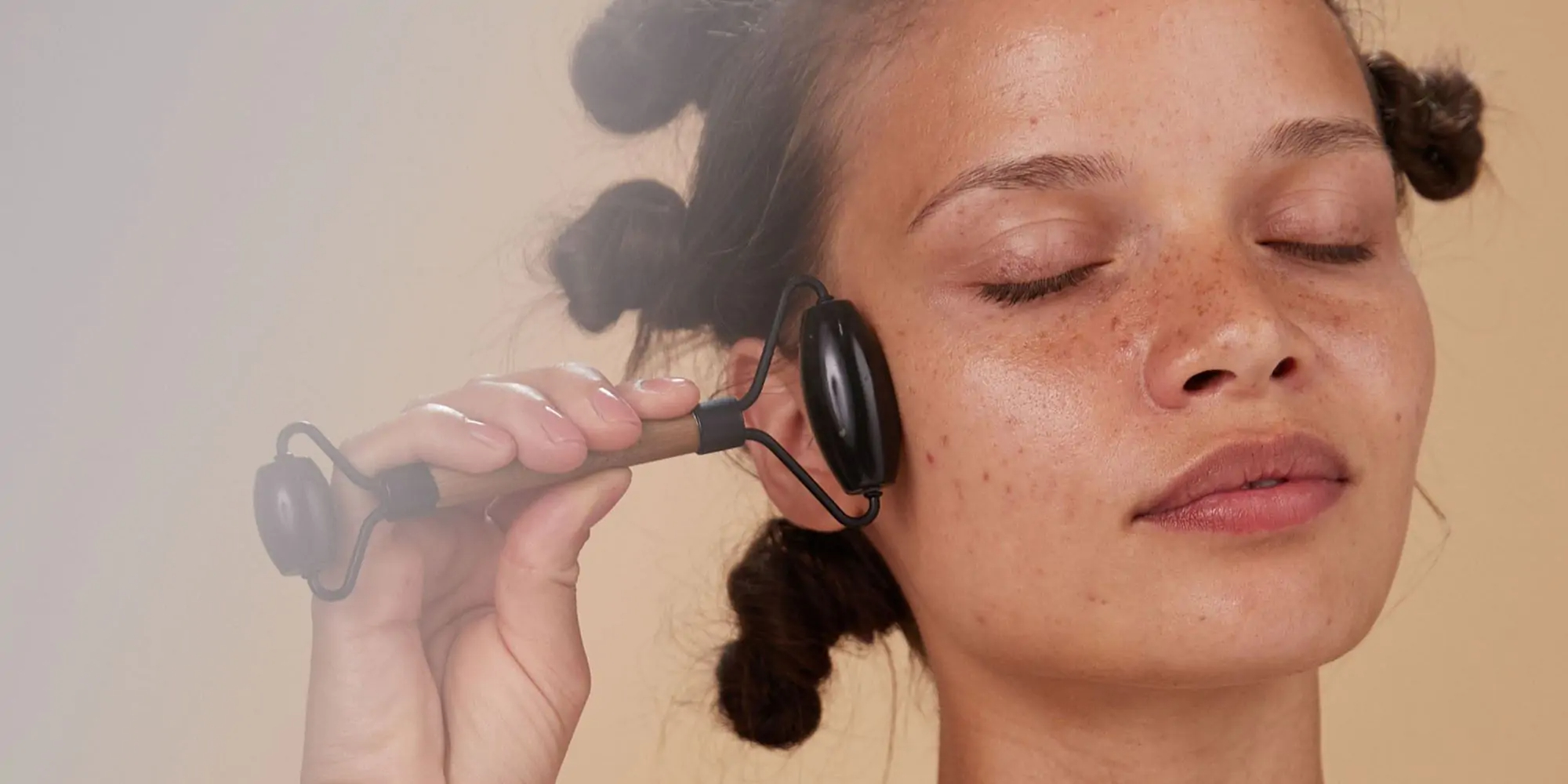
Lymphatic drainage can reduce both redness and skin reactivity. t’s often recommended for very sensitive skin that can’t tolerate deep massage movements, as well as skin that suffers from dermatitis.
Purify the skin
Lymphatic drainage improves the circulation of lymph in the subcutaneous tissue. When waste and toxins beneath the skin are drained regularly, it’s easier for the body to eliminate them. This explains why lymphatic drainage massage can help to reduce acne breakouts. If you have blemish-prone skin, massage it for 5 minutes every day before applying your skincare products.
Lymphatic drainage has many benefits for both the body and the skin. To support your skin and meet its daily needs, it’s also important to look after it with skincare products. Our certified-organic skincare range has everything your skin deserves!
Take an online skin diagnosis and create your very own personalized skincare routine!
